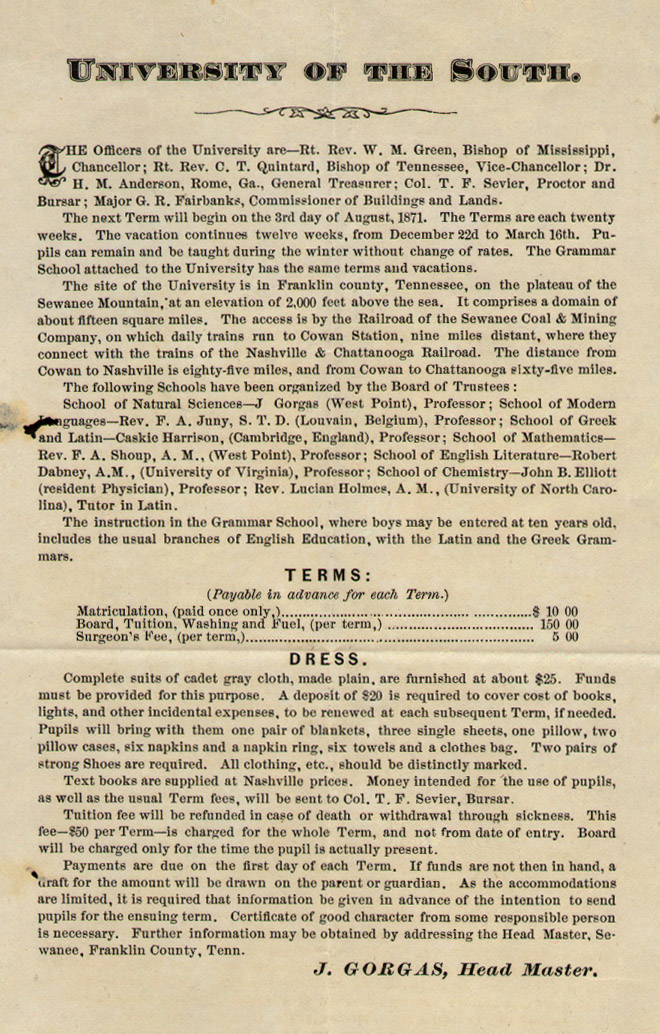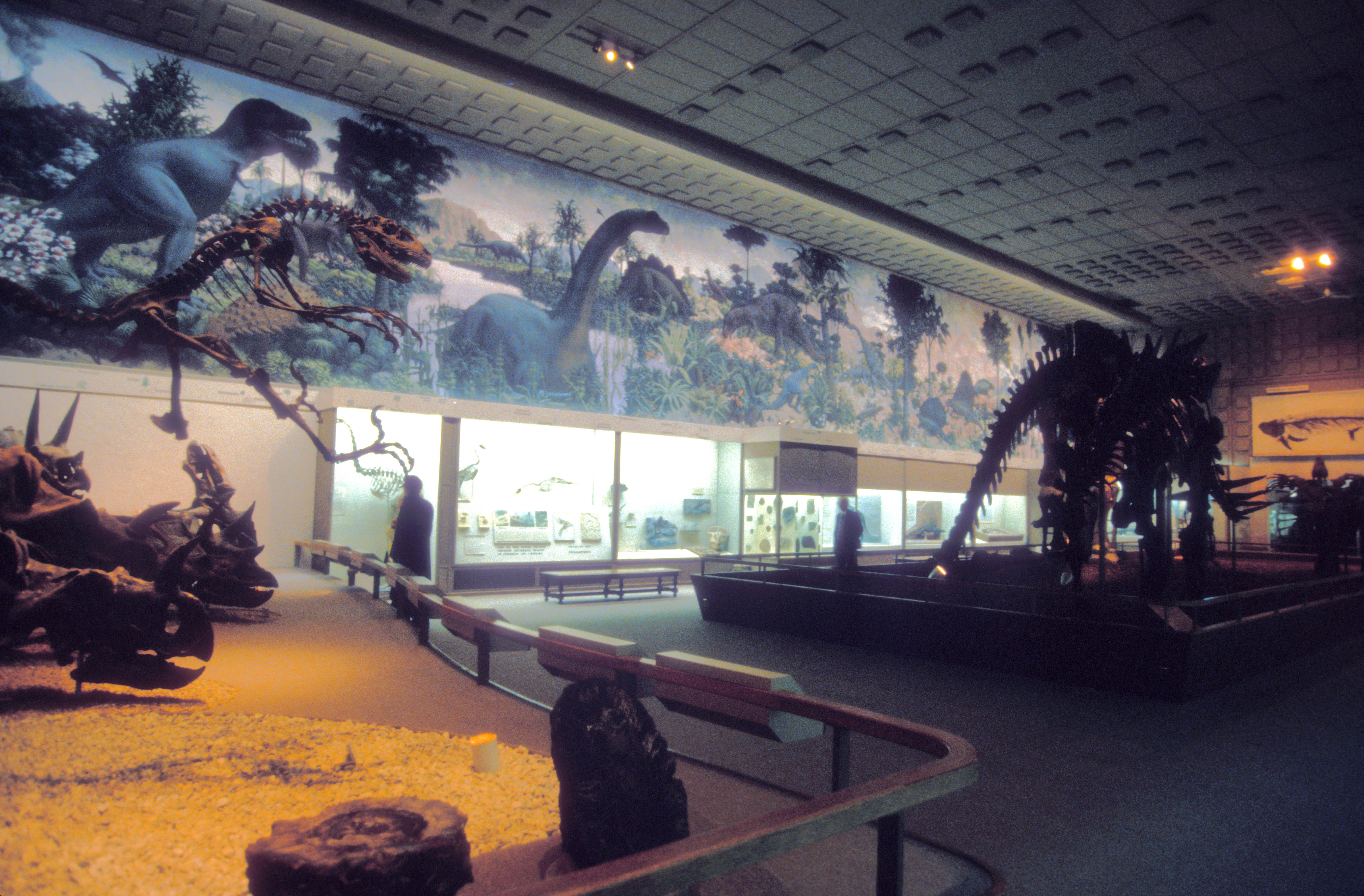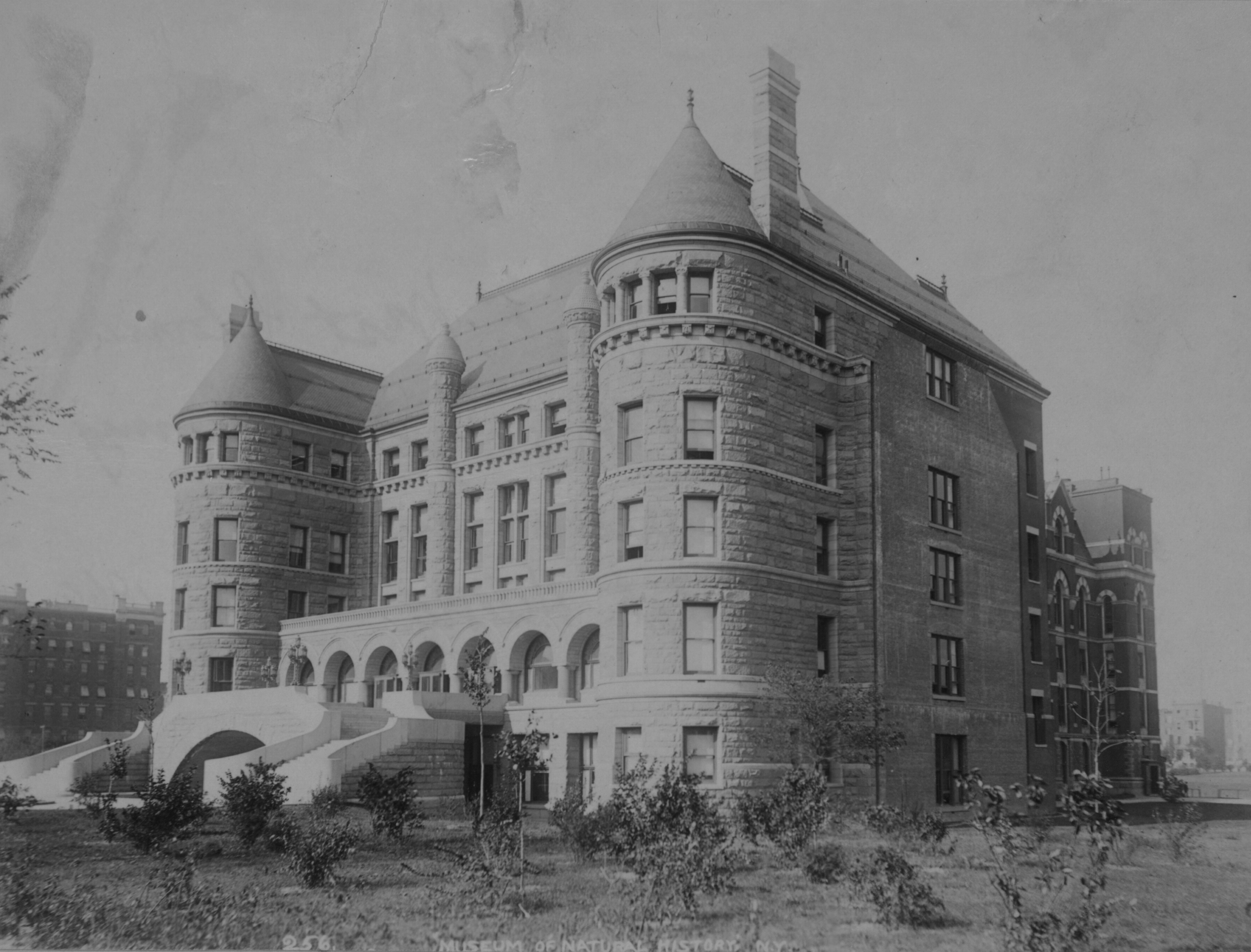|
Olga Hartman
Olga Hartman (May 17, 1900 – January 5, 1974) was an American invertebrate zoologist and polychaetologist. She was a student of S. F. Light at the University of California, Berkeley, and later a staff researcher at the Allan Hancock Foundation and professor of biology at the University of Southern California. Active from the 1930s to the 1970s, Hartman specialized in Polychaeta, a class of marine annelid worms, and was known for her work as a cataloger and as a polychaete systematist. She is considered one of the top three most prolific authors in her field, having described 473 polychaete species during her lifetime. Early life Olga Hartman was born on May 17, 1900, in Waterloo, Illinois.Fauchald, Kristian; Reish, Donald J. (1977). "Biography and bibliography of Dr. Olga Hartman". In Donald J. Reish, & Kristian Fauchald (eds.). ''Essays on Polychaetous Annelids: In Memory of Dr. Olga Hartman''. The Allan Hancock Foundation, University of Southern California. pp. 1–23 ... [...More Info...] [...Related Items...] OR: [Wikipedia] [Google] [Baidu] |
Olga Beggrow-Hartmann
Olga Fedorovna Beggrow-Hartmann (1862–1922) was a German-Russian painter. Biography Beggrow-Hartmann was born on 29 October 1862 in Heidelberg, Grand Duchy of Baden. She studied art at the Staatliche Kunstakademie in Stuttgart where she was taught by Ferdinand Keller Ferdinand Keller may refer to: * Ferdinand Keller (archaeologist) (1800–1881), Swiss archaeologist and prehistorian * Ferdinand Keller (footballer) Ferdinand Keller (born 30 July 1946 in Munich) is a German former football player. He spent fi .... She was married to the painter . Beggrow-Hartmann lived for a time in Saint Petersburg, Russia. She exhibited her work at the Woman's Building and at the Russian Exhibition at the 1893 World's Columbian Exposition in Chicago, Illinois. Beggrow-Hartmann died on 12 January 1922 in Munich, Germany. Gallery Olga Fedorovna Beggrow-Hartmann-Still life with hyacinths and roses on a table.jpg, ''Still life with hyacinths and roses on a table'' Olga Fedorovna Begg ... [...More Info...] [...Related Items...] OR: [Wikipedia] [Google] [Baidu] |
Scripps Institution Of Oceanography
The Scripps Institution of Oceanography (sometimes referred to as SIO, Scripps Oceanography, or Scripps) in San Diego, California, US founded in 1903, is one of the oldest and largest centers for ocean and Earth science research, public service, undergraduate and graduate training in the world. Hundreds of ocean and Earth scientists conduct research with the aid of oceanographic research vessels and shorebased laboratories. Its Old Scripps Building is a U.S. National Historic Landmark. SIO is a division of the University of California San Diego (UCSD). The public explorations center of the institution is the Birch Aquarium at Scripps. Since becoming part of the University of California in 1912, the institution has expanded its scope to include studies of the physics, chemistry, geology, biology, and climate of Earth. Margaret Leinen took office as Vice Chancellor for Marine Sciences, Director of Scripps Institution of Oceanography, and Dean of the Graduate School of Marine ... [...More Info...] [...Related Items...] OR: [Wikipedia] [Google] [Baidu] |
The University Of The South
The University of the South, familiarly known as Sewanee (), is a private Episcopal liberal arts college in Sewanee, Tennessee. It is owned by 28 southern dioceses of the Episcopal Church, and its School of Theology is an official seminary of the church. The university's School of Letters offers graduate degrees in American Literature and Creative Writing. The campus (officially called "The Domain" or, affectionately, "The Mountain") consists of of scenic mountain property atop the Cumberland Plateau, with the developed portion occupying about . History Beginning in the 1830s Bishop James Otey of Tennessee led an effort to found an Episcopal seminary in the Deep South. Following the Mexican War the Episcopal Church saw tremendous growth in the region, and a real need for an institution "to train natives, for natives" as Otey put it arose. Up to that point only the Virginia Theological Seminary in Alexandria, Virginia existed south of the Mason-Dixon Line and other denomi ... [...More Info...] [...Related Items...] OR: [Wikipedia] [Google] [Baidu] |
Harry C
Harry may refer to: TV shows * ''Harry'' (American TV series), a 1987 American comedy series starring Alan Arkin * ''Harry'' (British TV series), a 1993 BBC drama that ran for two seasons * ''Harry'' (talk show), a 2016 American daytime talk show hosted by Harry Connick Jr. People and fictional characters *Harry (given name), a list of people and fictional characters with the given name *Harry (surname), a list of people with the surname *Dirty Harry (musician) (born 1982), British rock singer who has also used the stage name Harry *Harry Potter (character), the main protagonist in a Harry Potter fictional series by J. K. Rowling Other uses *Harry (derogatory term), derogatory term used in Norway * ''Harry'' (album), a 1969 album by Harry Nilsson *The tunnel used in the Stalag Luft III escape , partof = ''Luftwaffe'' , location = Sagan, Lower Silesia, Nazi Germany (now Żagań, Poland) , image = , caption = Model of the set used to film the movie ''The Great Escape.'' I ... [...More Info...] [...Related Items...] OR: [Wikipedia] [Google] [Baidu] |
World Register Of Marine Species
The World Register of Marine Species (WoRMS) is a taxonomic database that aims to provide an authoritative and comprehensive list of names of marine organisms. Content The content of the registry is edited and maintained by scientific specialists on each group of organism. These taxonomists control the quality of the information, which is gathered from the primary scientific literature as well as from some external regional and taxon-specific databases. WoRMS maintains valid names of all marine organisms, but also provides information on synonyms and invalid names. It is an ongoing task to maintain the registry, since new species are constantly being discovered and described by scientists; in addition, the nomenclature and taxonomy of existing species is often corrected or changed as new research is constantly being published. Subsets of WoRMS content are made available, and can have separate badging and their own home/launch pages, as "subregisters", such as the ''World List ... [...More Info...] [...Related Items...] OR: [Wikipedia] [Google] [Baidu] |
East Coast Of The United States
The East Coast of the United States, also known as the Eastern Seaboard, the Atlantic Coast, and the Atlantic Seaboard, is the coastline along which the Eastern United States meets the North Atlantic Ocean. The eastern seaboard contains the coastal states and areas east of the Appalachian Mountains that have shoreline on the Atlantic Ocean, namely, Maine, New Hampshire, Massachusetts, Rhode Island, Connecticut, New York, New Jersey, Delaware, Maryland, Virginia, North Carolina, South Carolina, Georgia, and Florida.General Reference Map , National Atlas of the United States, 2003. Toponymy and composition The[...More Info...] [...Related Items...] OR: [Wikipedia] [Google] [Baidu] |
Beaufort, North Carolina
Beaufort ( ) is a town in and the county seat of Carteret County, North Carolina, United States. Established in 1713 and incorporated in 1723, Beaufort is the fourth oldest town in North Carolina (after Bath, New Bern and Edenton). On February 1, 2012, Beaufort was ranked as "America's Coolest Small Town" by readers of ''Budget Travel Magazine.'' The population was 4,039 at the 2010 census. It is sometimes confused with a city of the same name in South Carolina; the two are distinguished by different pronunciations. Beaufort is located in North Carolina's "Inner Banks" region. The town is home to the North Carolina Maritime Museum, the Duke University Marine Laboratory (Nicholas School of the Environment), and the National Oceanic and Atmospheric Administration (NOAA) Center for Coastal Fisheries and Habitat Research. It is also the location of the Rachel Carson Reserve, part of the N.C. Coastal Reserve and National Estuarine Research Reserve system. History The Beaufort His ... [...More Info...] [...Related Items...] OR: [Wikipedia] [Google] [Baidu] |
Peabody Museum Of Natural History
The Peabody Museum of Natural History at Yale University is among the oldest, largest, and most prolific university natural history museums in the world. It was founded by the philanthropist George Peabody in 1866 at the behest of his nephew Othniel Charles Marsh, the early paleontologist. Most known to the public for its Great Hall of Dinosaurs, which includes a mounted juvenile '' Brontosaurus'' and the mural ''The Age of Reptiles,'' it also has permanent exhibits dedicated to human and mammal evolution; wildlife dioramas; Egyptian artifacts; and the birds, minerals and Native Americans of Connecticut. Description The Peabody Museum is located at 170 Whitney Avenue in New Haven, Connecticut, United States, and is operated by almost one hundred staff members. While the original building was demolished in 1917, it moved to its current location in 1925, and has since expanded to occupy the Peabody Museum, the attached Kline Geology Laboratory and the Class of 1954 Environme ... [...More Info...] [...Related Items...] OR: [Wikipedia] [Google] [Baidu] |
American Museum Of Natural History
The American Museum of Natural History (abbreviated as AMNH) is a natural history museum on the Upper West Side of Manhattan in New York City. In Theodore Roosevelt Park, across the street from Central Park, the museum complex comprises 26 interconnected buildings housing 45 permanent exhibition halls, in addition to a planetarium and a library. The museum collections contain over 34 million specimens of plants, animals, fossils, minerals, rocks, meteorites, human remains, and human cultural artifacts, as well as specialized collections for frozen tissue and genomic and astrophysical data, of which only a small fraction can be displayed at any given time. The museum occupies more than . AMNH has a full-time scientific staff of 225, sponsors over 120 special field expeditions each year, and averages about five million visits annually. The AMNH is a private 501(c)(3) organization. Its mission statement is: "To discover, interpret, and disseminate—through scientific research ... [...More Info...] [...Related Items...] OR: [Wikipedia] [Google] [Baidu] |
Museum Of Comparative Zoology
A museum ( ; plural museums or, rarely, musea) is a building or institution that cares for and displays a collection of artifacts and other objects of artistic, cultural, historical, or scientific importance. Many public museums make these items available for public viewing through exhibits that may be permanent or temporary. The largest museums are located in major cities throughout the world, while thousands of local museums exist in smaller cities, towns, and rural areas. Museums have varying aims, ranging from the conservation and documentation of their collection, serving researchers and specialists, to catering to the general public. The goal of serving researchers is not only scientific, but intended to serve the general public. There are many types of museums, including art museums, natural history museums, science museums, war museums, and children's museums. According to the International Council of Museums (ICOM), there are more than 55,000 museums in 20 ... [...More Info...] [...Related Items...] OR: [Wikipedia] [Google] [Baidu] |
Academy Of Natural Sciences Of Drexel University
The Academy of Natural Sciences of Drexel University, formerly the Academy of Natural Sciences of Philadelphia, is the oldest natural science research institution and museum in the Americas. It was founded in 1812, by many of the leading naturalists of the young American republic with an expressed mission of "the encouragement and cultivation of the sciences". It has sponsored expeditions, conducted original environmental and systematics research, and amassed natural history collections containing more than 17 million specimens. The Academy also organizes public exhibits and educational programs for both schools and the general public. History During the first decades of the United States, Philadelphia was the cultural capital and one of the country's commercial centers. Two of the city's institutions, the Library Company and the American Philosophical Society, were centers of enlightened thought and scientific inquiry. The increasing sophistication of the earth and life sc ... [...More Info...] [...Related Items...] OR: [Wikipedia] [Google] [Baidu] |
National Museum Of Natural History
The National Museum of Natural History is a natural history museum administered by the Smithsonian Institution, located on the National Mall in Washington, D.C., United States. It has free admission and is open 364 days a year. In 2021, with 7.1 million visitors, it was the eighteenth most visited museum in the world and the second most visited natural history museum in the world after the Natural History Museum in London."The World's most popular museums", CNN.com, 22 June 2017. Opened in 1910, the museum on the National Mall was one of the first Smithsonian buildings constructed exclusively to hold the national collections and research facilities. The main building has an overall area of with of exhibition and public space and houses over 1,000 employees. The museum's collections contain over 145 million specimens of plants, animals, fossils, minerals, rocks, meteorites, human remains, and human cultural artifacts, the largest natural history collection in the world. ... [...More Info...] [...Related Items...] OR: [Wikipedia] [Google] [Baidu] |







